
Take the stress out of applying to jobs with LazyApply — get it for $68 for life
TL;DR: As of May 12, get the LazyApply Job Application Basic: Lifetime License for just
2023-05-12 17:47

Soap may be key for longer-lasting batteries, study finds
The key to longer-lasting batteries may lie in soap, according to a new study. Scientists have developed a new promising substance used for designing batteries. They said it acts in a manner similar to soap removing grease, dirt and germs. Localised high-concentration electrolytes could be the “missing piece” that fully open the door to building longer-lasting batteries, said a recent study published in the journal Nature Materials. The key to longer-lasting batteries may lie in understanding how soap gets rid of dirt. It forms tiny structures called micelles that act as a bridge between water and what is being cleaned away by wrapping them into small structures. Scientists from Brown University said a similar process plays out in localised high-concentration electrolytes – described as one of the most promising substances for designing batteries. Electrolytes are key in the energy-storing process as they allow an electrical charge to pass between a battery’s two terminals. This sparks the chemical reaction needed to convert stored chemical energy to electricity. Batteries made from lithium metal have a greater energy storage capacity than today’s lithium-ion batteries. But the electrolytes commonly used to power lithium-ion batteries don’t do this effectively in metal-based batteries, researchers explained. “The big picture is that we want to improve and increase the energy density for batteries, meaning how much energy they store per cycle and how many cycles the battery lasts,” said study co-author Yue Qi from Brown University. “To do this, materials inside of traditional batteries need to be replaced to make long-life batteries that store more energy a reality – think batteries that can power a phone for a week or more, or electric vehicles that go for 500 miles,” Dr Qi said. Electrolytes for lithium-ion batteries are made of low-concentration salt dissolved in a liquid solvent. The new type of electrolytes, however, are created by mixing high concentrations of salt in a solvent with another liquid called a diluent. Scientists said this makes the electrolyte flow better so the power of the battery can be maintained. They also found the electrolyte functions like soap. “The paper provides a unified theory to why this electrolyte works better and the key understanding of it came by finding that micelle-like structures form within this electrolyte – like they do with soap,” said study co-author Bin Li from the Oak Ridge National Laboratory. “Here we see that the role of the soap or surfactant is played by the solvent that binds both the diluent and the salt,” Dr Li explained, “wrapping itself around the higher concentration salt in the center of the micelle”. While in lab tests, this type of electrolyte has shown promising results, how it works has remained elusive. This has put a cap on how effective it can be and how it can be further developed. The new understanding has, however, helped scientists develop the right concentrations needed to bring about optimal reactions for the batteries. “The concept of the micelle may be new for the electrolyte, but it’s actually very common for our daily life,” Dr Qi said. “Now we have a theory, and we have guidelines to get interactions we want from the salt, the solvent and the diluent in the electrolyte, and what concentration they have to be at and how you mix them.” Researchers said this new understanding could lead to introducing a proper balance of the three battery ingredients and also help extend the life of lithium-metal batteries. Read More Ireland and Apple await major development in long-running EU tax dispute Apple just released an iPhone update you should download right now Smartphones ‘may be able to detect how drunk a person is with 98% accuracy’ Ireland and Apple await major development in long-running EU tax dispute Apple just released an iPhone update you should download right now Smartphones ‘may be able to detect how drunk a person is with 98% accuracy’
2023-11-09 15:53

OpenAI is being sued for training ChatGPT with 'stolen' personal data
A California law firm has filed a class-action lawsuit against OpenAI for "stealing" personal data
2023-06-30 02:29

Amberflo Builds Cloud Metering for AI, Helping Modern Businesses Monetize SaaS + Generative AI
SAN FRANCISCO--(BUSINESS WIRE)--Aug 17, 2023--
2023-08-17 22:24

VicOne Partners with Clientron to Offer IVI Solution with Integrated Cybersecurity for EV Buses
DALLAS & TAIPEI, Taiwan--(BUSINESS WIRE)--Jul 11, 2023--
2023-07-11 23:47
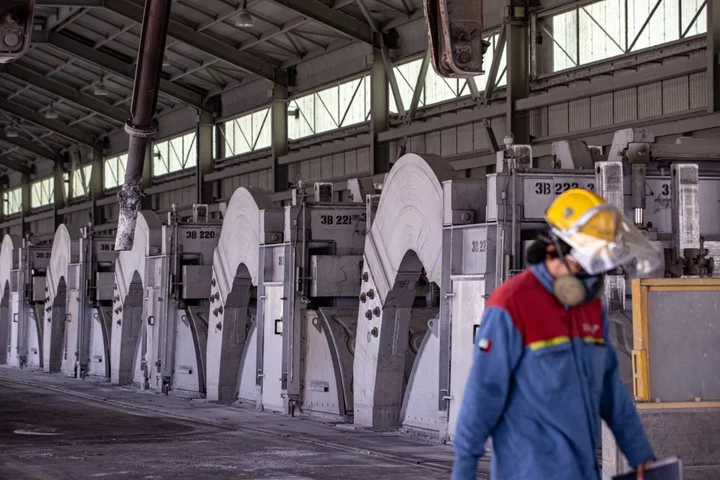
EU Faces Pressure to Revive Its Social Investing Rulebook
The European Union is under pressure to revive plans to add a social pillar to its ESG-rulebook, after
2023-06-26 18:23
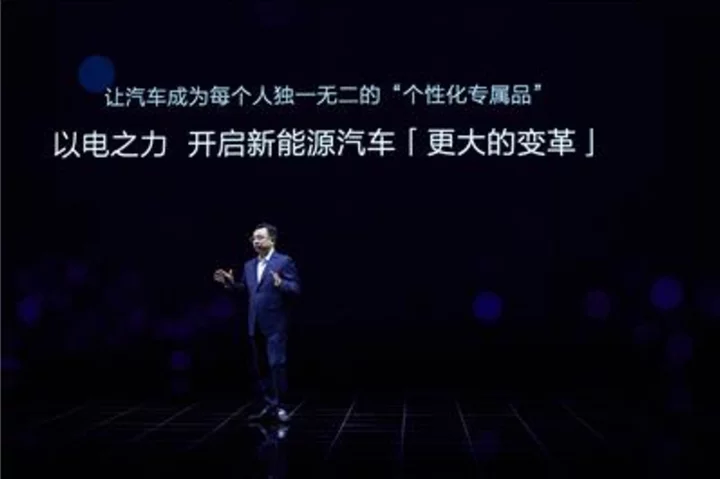
BYD Launched BAO 5 under Its New Brand FANGCHENGBAO and the DMO Technology
SHENZHEN, China--(BUSINESS WIRE)--Sep 4, 2023--
2023-09-04 18:29

Has Facebook changed its blue logo?
Facebook is known for its recognisable 'f' logo using the colours light navy blue and white - however, people can't help but notice something different. Some have noticed that once logged into their account there has been a slight tweak to the blue colour they have been familiar with in recent years. The new blue announced by the social media platform is richer, bold and darker in a move which is "Redefining Facebook’s brand identity." “We’re excited to launch the first phase of a refreshed identity system for Facebook, with a focus on fostering effortless, self-initiated exploration and connection across every touchpoint," the announcement read. There were three "key drivers" in regards to the brand design update which include: "Elevate the most iconic elements of our brand to create a distinctive, refreshed Facebook." The second is to "Unify how the Facebook brand comes to life across product-to-marketing experiences." On the topic of blue tone change, this came from wanting to "create an expansive set of colours — anchored in our core blue — that is comprehensive and vibrant, and also designed to be more accessible for people." Of course, Facebook users couldn't help but notice the colour change and took to social media to question if their eyes were deceiving them. Elsewhere, a Mark Zuckerberg product has been deemed the 'cringiest AI of all time'. Sign up to our free Indy100 weekly newsletter Have your say in our news democracy. Click the upvote icon at the top of the page to help raise this article through the indy100 rankings.
2023-09-29 22:18

The Best Portable Printers for 2023
At first blush, the thought of a fully portable printer, designed to run on battery
2023-06-29 04:23
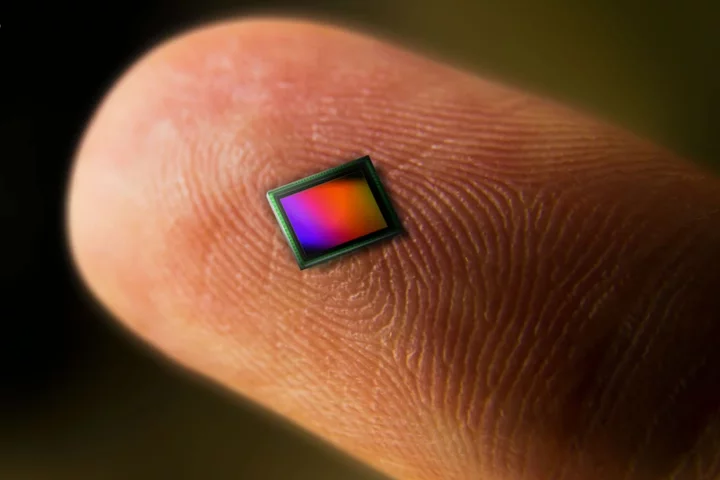
ON Semiconductor Issues Soft Fourth-Quarter Guidance. The Stock Drops.
ON Semi expects fourth-quarter earnings of between $1.13 and $1.27 a share, which is below analysts' consensus.
2023-10-30 20:57

DoorDash Is Working on an AI Chatbot to Speed Up Food Ordering
DoorDash Inc., the US food-delivery service that competes with Uber Technologies Inc. and GrubHub, is looking to speed
2023-07-28 03:25
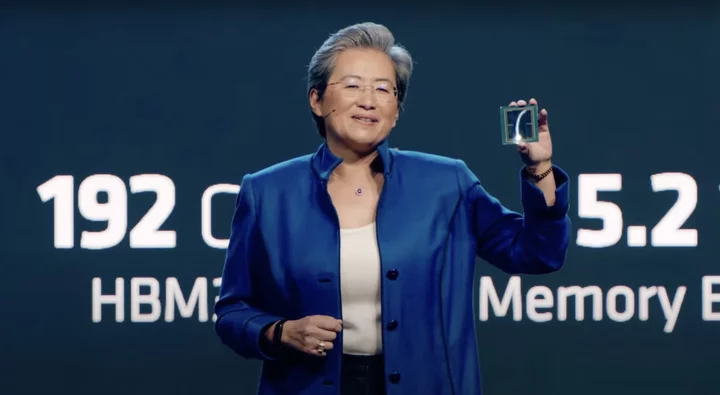
AMD Preps GPU to Challenge Nvidia's Grip on the Generative AI Market
Nvidia has been dominating the market for chips capable of training generative AI programs, but
2023-06-14 05:27
You Might Like...

Wind turbine blades repurposed into bridges

Alpha and Omega Semiconductor Announces Ultra-Low Reverse Working Voltage TVS Diode for USB4 and Thunderbolt 4 ESD Protection

Every blue eyed person on the planet is a descendant of one single person
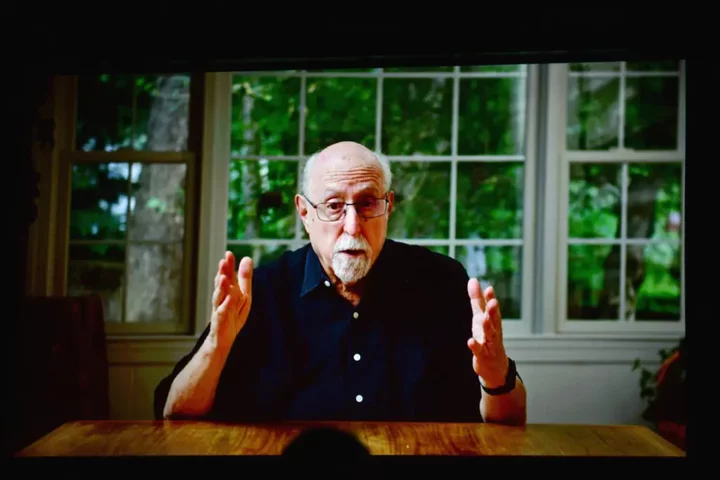
Famed tech journalist deletes X account with epic rant at Elon Musk and his ‘cesspool’ site
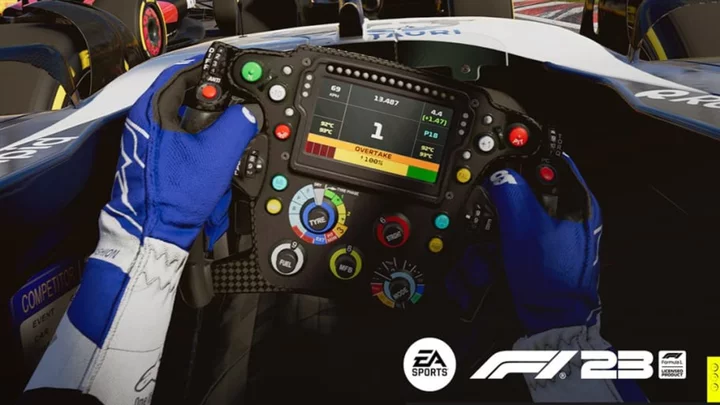
F1 23 Azerbaijan Setup: Best Race Car
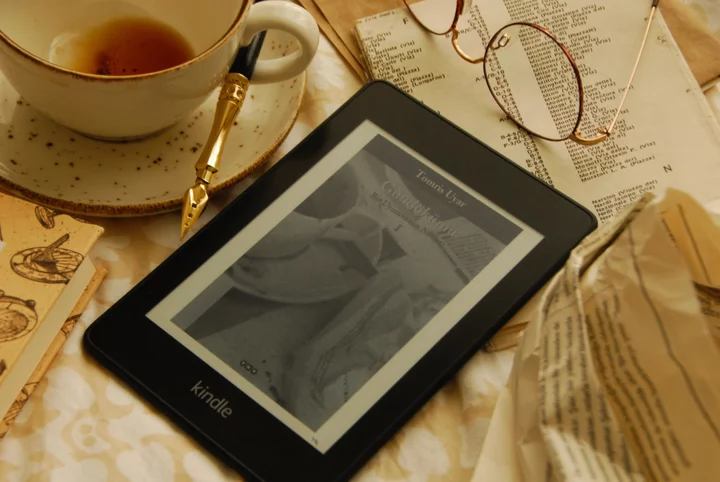
Kindle Unlimited is free for Prime members
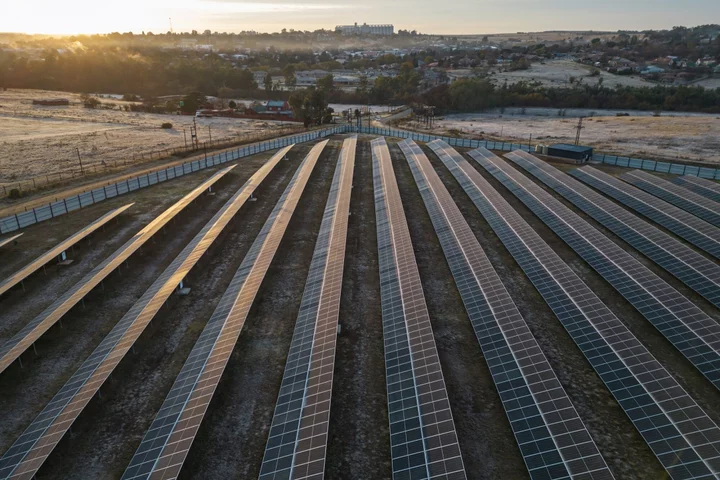
South Africa Says It Can Raise $60 Billion for Its Transition to Green Energy

Rise of the robots: UN tries to tackle 'mind-blowing' growth of AI
